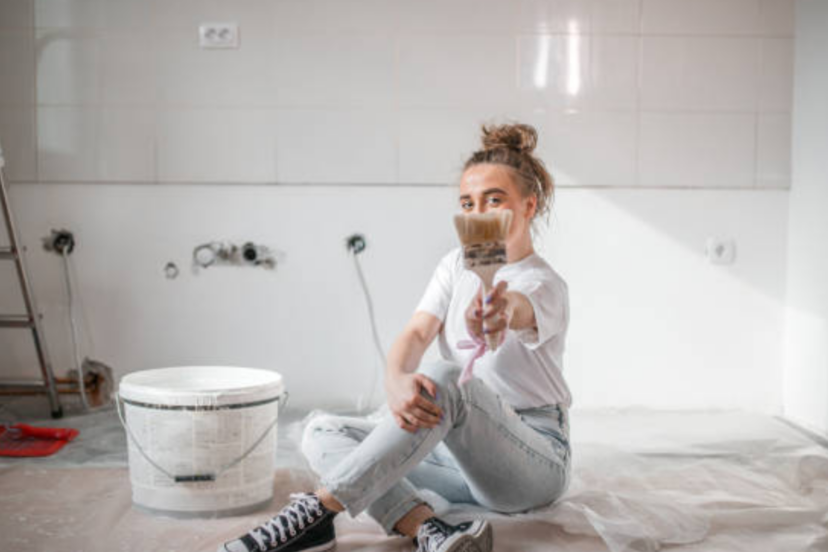The Psychology of Colors in Kitchen Design: Creating Harmonious Culinary Spaces
Color, a powerful design element, holds the potential to evoke emotions, influence moods, and shape our experiences. When it comes to kitchen design, understanding the psychology of colors is crucial in creating a space that not only looks aesthetically pleasing but also functions harmoniously. This article delves into the impact of different colors on our psyche and provides insights into how they can be strategically employed in kitchen design.
I. Warm Hues: Inviting and Appetizing
A. Embracing the Warmth of Reds
- Passion and Appetite: Red is known to stimulate appetite, making it an excellent choice for dining areas within the kitchen.
- Energizing Ambiance: It injects energy and a lively atmosphere, making it ideal for kitchens where family and guests gather.
B. Welcoming Yellows and Oranges
- Joyful and Uplifting: Yellow and orange exude positivity, creating a cheerful and inviting kitchen space.
- Optimal for Small Kitchens: They can make compact kitchens feel more open and airy.
II. Cool Tones: Calm and Serene Retreats
A. Tranquil Blues
- Relaxing Ambiance: Blue, known for its calming effect, creates a serene atmosphere, perfect for a tranquil cooking environment.
- Appetite Suppressant: Lighter blues can act as an appetite suppressant, making them suitable for those seeking healthier dietary habits.
B. Subtle Greens
- Natural Harmony: Green brings in the calming influence of nature, making it an excellent choice for creating a balanced, harmonious space.
- Freshness and Vitality: Lighter shades of green evoke feelings of freshness and vitality, enhancing the kitchen experience.
III. Neutral Elegance: Versatility and Timelessness
A. Timeless Whites
- Clean and Crisp: White reflects light, creating an open and airy atmosphere. It’s perfect for smaller kitchens or spaces lacking natural light.
- Versatility with Accents: White serves as an excellent backdrop, allowing for the incorporation of accent colors through accessories or decor.
B. Sophisticated Grays
- Elegance and Sophistication: Gray tones lend a modern, sophisticated touch to the kitchen, providing a neutral canvas for various design elements.
- Complementary Palettes: Gray pairs seamlessly with a wide range of colors, allowing for versatile design options.
IV. Bold Statements: Vibrant and Dramatic Choices
A. Daring Reds and Blacks
- Dramatic Flair: Bold reds and blacks can add a touch of drama and sophistication to the kitchen space.
- Contrast and Impact: When used strategically, these colors create a striking visual contrast, drawing attention to specific design elements.
V. Personalizing Your Kitchen Palette
A. Balancing Act
- Harmonizing Contrasts: Combining complementary colors effectively creates a balanced and visually appealing kitchen environment.
- Personal Taste and Lifestyle: Consider your own preferences and the lifestyle of your household members when selecting colors.
Conclusion
The psychology of colors is a dynamic tool in kitchen design, allowing you to curate an environment that resonates with your emotions and lifestyle. By understanding the impact of warm hues, cool tones, neutral palettes, and bold statements, you can transform your kitchen into a space that not only caters to your culinary needs but also nurtures your well-being. Embrace the spectrum of colors and watch as your kitchen becomes a vibrant, harmonious retreat where culinary creativity flourishes.


Comments are closed.